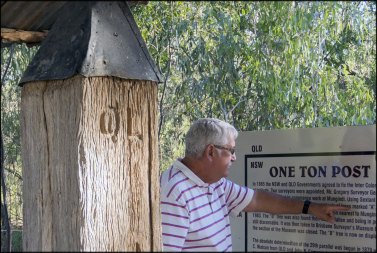About St George
ST GEORGE QUEENSLAND - A Brief History
Towns and Places of Interest in the Balonne Shire
113 St George’s Terrace (just across the road from the Balonne River) St George Queensland 4487
9am-5pm (Monday-Friday) 10am-2pm (Weekends and Public Holidays)
07 4620 8877 or email the Centre for more information
In April 1846 New South Wales Surveyor-General, Sir Thomas Mitchell came upon the Balonne River, crossing and naming it
St George after England’s patron saint.
There was already limited settlement in the area and, by 1864, the St George crossing had become the focal point of the area and enabled travel to places further north and west. Early infrastructure built from 1864 included a post office, hotel, court house, a school and telegraph lines to Surat and Roma. Despite continued growth during these times, the town was unable to attract a railway line.
St George continued to grow and became a significant centre for sheep and wheat enterprises. Construction of a weir at the old Mitchell crossing commenced in 1948 and, with completion of the Beardmore Dam in the 1970’s, irrigation water availability created opportunities for expanding local agricultural projects. A cotton gin was established in 1976.
Today St George is a town of more than 3000 people. By road, St George is about 510 kms west of Brisbane and surrounding coastal regions. St George sits at the junction of several major routes including the Castlereagh, Moonie, Carnarvon Balonne Highways. The only crossing of the Balonne River is the Andrew Nixon Bridge on the Balonne Highway. St George is on the Balonne River which is reputedly an excellent fishing site.
St George offers with a wide range of tourism, accommodation, commercial, agricultural and health services and facilities. As a gateway for access to areas further west and north, St George is a busy stop-over point for trucks, buses, aeroplane services and holiday travellers.
The St George show is held annual during the May Labour Day long weekend in May. The event draws locals and visitors and far-way areas and includes a rodeo competition.
St George
These brave pilots distinguished themselves in aerial battles in New Guinea, helping to prevent Japanese advancement towards Australia.
Leonard Waters was the first Aboriginal fighter pilot in the Royal Australian Air Force.
Other historical sites of interest include the St George Heritage Centre and the Heritage Trail.
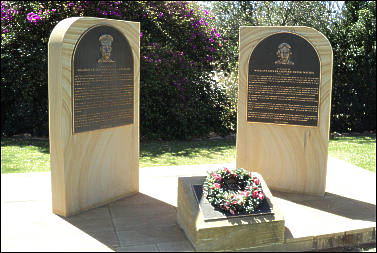
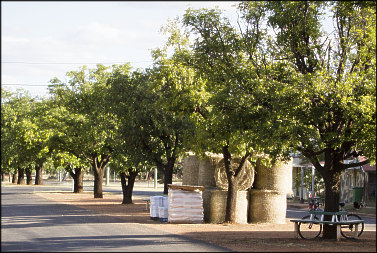
Bollon
Established in about 18790, Bollon has a population of more than 300 and provides travellers with a handy refreshment stop on their way further west.
Bollon boasts a thriving koala population and is the gateway to Narkoola National Park, known especially for its Mulga trees.
It is not unusual to see emus walking about in the main street.
The creek side walkway offers opportunities to test exercise equipment and view Aboriginal dreamtime artworks.
Dirranbandi
Dirranbandi offers travellers opportunity for rest and refreshments.
The town has a special history as the final stop on the South West rail line. Dirranbandi also welcomed the very last mail train to operate in Australia.
It’s worthwhile visiting Railway Park where the old waiting room, original parcels office and the 1913 Station Master’s residence which are are now used as the Dirranbandi Rural Transaction Centre.
In the centre of town, a bronze statue of Aboriginal sportsman Tom Dancey which celebrates his remarkable win in the 1910 Stawell Gift.
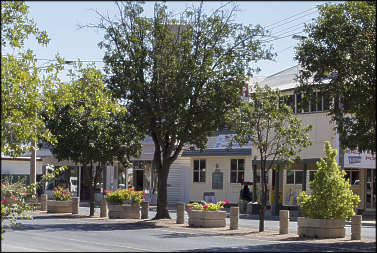
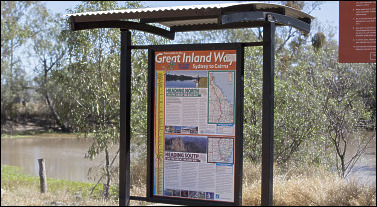
Hebel
The food and table service is always popular with locals and visitors.
Across the road, the Hebel Hotel features spectacular artworks by Lightning Ridge artist, John Murray.
Murray describes his art as “whimsical photo-realism”.
Only a brief walk from the main street, the Bokhara River attracts fishermen and will often also provide a nice haul of yabbies.
Nindigully Pub
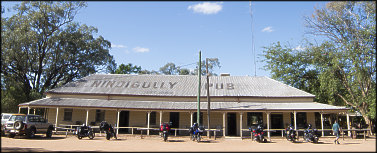
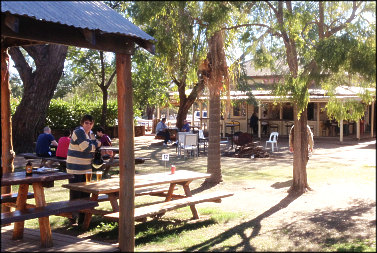
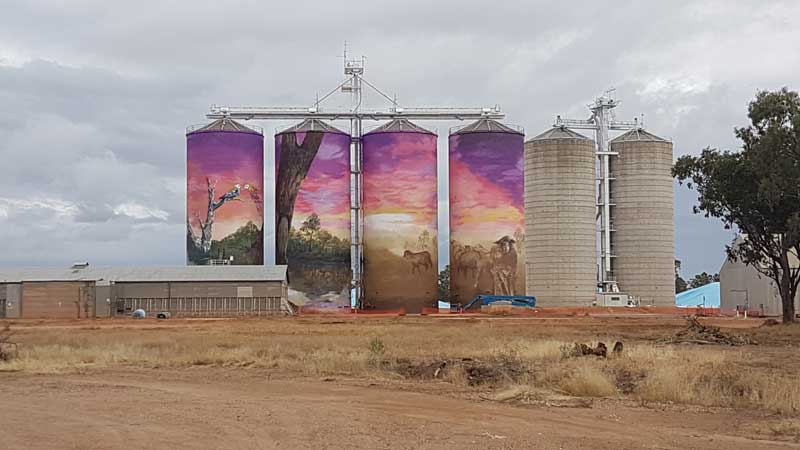
Thallon
Mungindi
